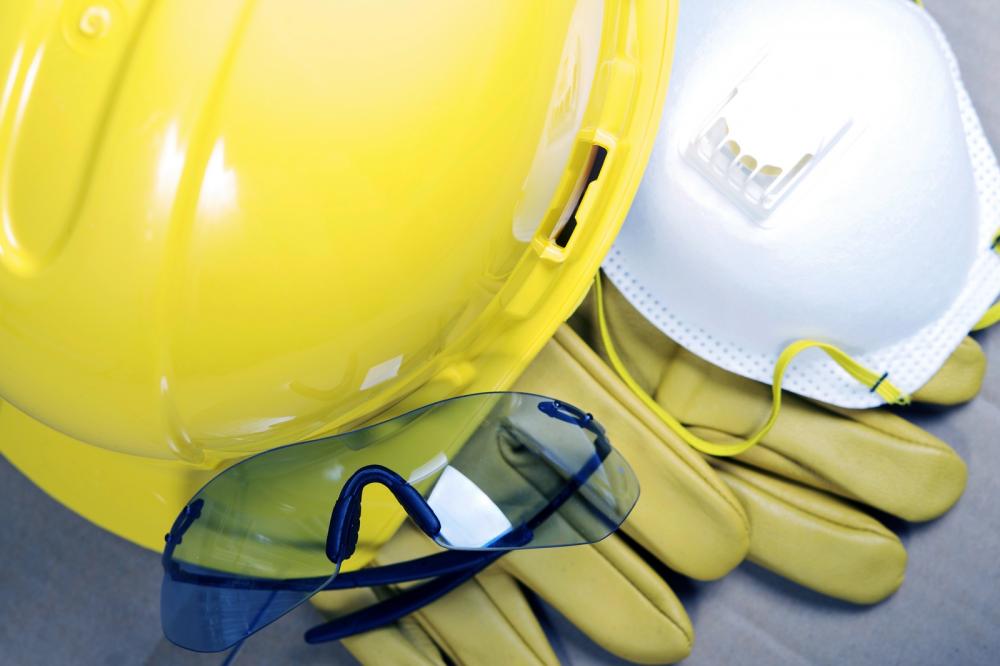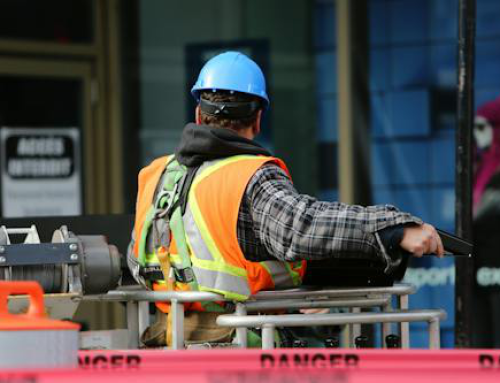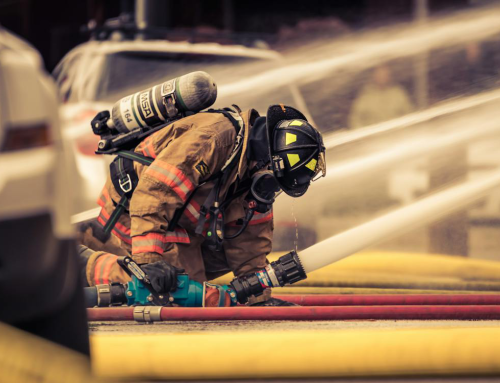Around 1000 workers die on the job every year. Some jobs involve certain risks, and they can affect your health directly. Often these transfer on to our household members and loved ones if we’re not careful.
Minimize Usage
There is no better cure than prevention. Using less harmful alternatives is the best course of action. In the case of asbestos, it can be replaced by many other options. Different metals and synthetic fiber products are used instead, which are harmless for the most part.
Lead is often used in paint, as it can dry off faster. Industrial applications and large construction projects made use of this, as it allowed them to work more quickly. Modern paints consist of less lead, however, as the effects were starting to become more detrimental to the public’s health.
For Industries Without Alternatives
While less harmful product usage could be much more helpful, some industries thrive and operate on Lead, Silica, and Asbestos. They serve a great purpose and lead to fantastic inventions, so rather than demonize them entirely, they should be used with precaution.
Protective Gear and Training
All personnel should be provided some level of protective equipment. Those heading into enclosures should have workplace safety training as well as full Personal Protective Equipment. Guidelines should be dictated to every individual. Staff should be educated on the health risks involved, and biological monitoring should be done regularly for those at risk. Guidance on Red Cross Basic Life Support Training should also be given.
Carry Out Risk Assessments
It will vary depending on the task and industry, but the job fundamentals are the same. An expert will analyze the risks involved in the procedure taking place. Look for potential problems and issues that could occur. Detect what could go wrong, how it could affect others.
Prevention strategies are the priorities here, followed by mitigation in case an issue can not be prevented.
Setting Enclosures
Barriers should be set up to prevent unauthorized personnel from going to a contaminated area. Barriers don’t stop the flow of lead, silica, and asbestos in the environment. They are only a precautionary measure. They should be installed at a point where the exposure to the chemicals is minimal.
Partial enclosures allow some exposure and consist of tarps. These do reduce exposure unless a significant amount of dust is being exposed. Otherwise, a full enclosure is required.
Full enclosures are impenetrable to dust and debris, allowing little to no chance for any chemicals outside. It consists of tightly fit joints and a secure structure to maintain rigidity.
Metro Safety Training conducts workplace safety courses and basic First Aid training to teach workers to work safely while maintaining precision. Contact us today.







